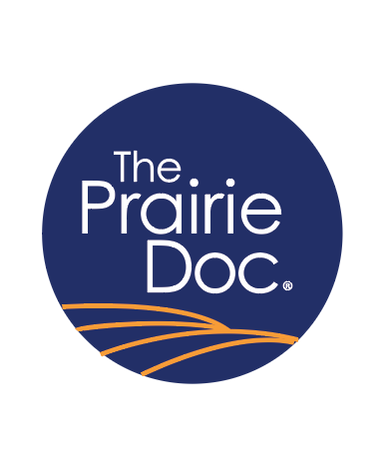|
Hardly any clinical problem demands more from a patient AND a physician than diabetes. The condition demands a special diet, significant exercise, lots of monitoring, expensive oral and injectable medicine, and a rescue plan when things get out of control.
Regarding the need for a special diet, there are different ideas about what is the correct for a diabetic to eat. There are low carbohydrate plans, low fat plans, low meat plans, high fiber plans, and the list goes on. Whatever the plan may be, the biggest challenge, and probably the most important one, is to eat less and to do that forever. However, asking someone to always eat less seems almost too much to expect. Regarding the need for a special exercise plan, there are different ideas about what is the correct way to exercise and often the capacity of the individual to exercise is limited. Whatever that plan may be, the biggest challenge is in the doing. People with (and without) diabetes need to get enough exercise and to do it regularly (daily), but that also seems almost too much to expect. When exercise and a special diet are not enough, various diabetic medicines or non-insulin injections can be prescribed. When these fail, various types of insulin are added. Some are long-acting, and some are short-acting. Another challenge to this condition is that medicinal treatment options seem more expensive over time, not less, even though the patent for these pills should have run out. Regarding the need for monitoring, people with diabetes and their doctors are asked to keep track, not only of blood sugars, but also of cholesterol, blood pressure and the condition of their feet, eyes, and kidneys. Physicians and other care providers are under the gun by insurance companies and the government to meticulously monitor diabetics and are even being graded on how well they do this monitoring. Therefore, care providers are bugging the person with diabetes to carefully monitor themselves too. It almost seems too much to expect. People with diabetes sometimes have out-of-control blood sugars despite doing everything right. It’s been my experience, especially when insulin is being used, that sometimes there is no rhyme or reason for a person’s blood sugar to be too high or too low, but it still happens. Rescue plans must be made and practiced. Hardly any clinical problem demands more out of a patient AND a doctor than diabetes. Watch On Call with the Prairie Doc® most Thursdays at 7 p.m. central on SDPTV and follow the Prairie Doc® on Facebook and YouTube for free and easy access to the entire Prairie Doc® library. Comments are closed.
|
Archives
July 2024
Categories |
 RSS Feed
RSS Feed


